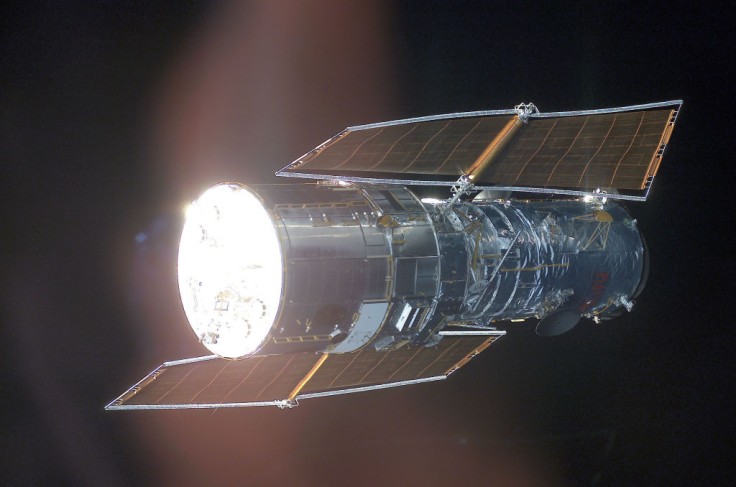
The NASA Hubble Space Telescope recently captured a new photo of a majestic spiral galaxy named NGC 4666. Astronomers said that it is considered a starburst galaxy since it rapidly forms stars.
Moreover, due to its rapid star formation, NGC 4666 creates extreme galactic weather called superwind.
NASA Hubble Images: NGC 466 Starburst Galaxy
For background information about the galaxy, NGC 4666 is positioned 80 million light-years away from Earth. It is in the constellation Virgo and is undergoing star formation rapidly, per NASA.
Due to the said fast star formation, NGC 4666 is considered as a starburst galaxy, categorized for higher rate of formation as compared to an average galaxy in the universe. This rapid star development is because of the gravitational interactions with its neighboring galaxy, including a dwarf galaxy and NGC 4668.
Things are getting a little intense in this #HubbleFriday image…
— Hubble (@NASAHubble) October 15, 2021
This majestic spiral galaxy is called NGC 4666, and it’s going through an episode of rapid star formation – earning it a classification as a “starburst galaxy” by astronomers: https://t.co/DrYwZkbQhD pic.twitter.com/qcOAoKlmrJ
Screen Rant added that these galactic relationships are a common occurrence in the universe, which involves the interaction of more galaxies for a long period of time. This connection between the galaxies often results in its combination or collision. In the case of NGC 4666, it appears that the said interaction with nearby galaxies caused the fast star formation.
Twitter user @venus47203379 also shared a video of the the majestic spiral galaxy:
This majestic spiral galaxy, NGC 4666💫 is undergoing a particularly intense episode of star formation. pic.twitter.com/0rFZmkM6IO
— venus 🧜♀️ (@VENUS__6942) October 15, 2021
As mentioned, NGC 4666's star formation resulted to form superwind. NASA has defined this formation as extreme galactic weather which transfers gas from the bright center of the galaxy out into space. Superwind is also caused by the driving winds from the massive stars that it has formed and through an energetic supernova explosion.
For the past decade, scientists have observed two supernova explosions in this starburst galaxy, which occurred in 2014 and 2019.
Read also: PS5 Pro Release Date, Price, Specs: Will PlayStation 5 Upgrade Feature Zen 4 CPU, Support 8K Gaming?
Supernova in NGC 4666
On the other hand, ESA hubble stated that the 2014 supernova was still active, but it has faded from its former look and just appears like a normal star in the busy galaxy. This faded 2014 supernova can be observed in the NGV 4666 galaxy.
Meanwhile, the said 2019 supernova was recently identified to be 19 times as gigantic as the Sun. In addition to this, Northwestern University used NASA's Hubble Space Telescope to explore the massive star more than two years before it burst into a supernova, per EurekAlert.
Northwestern University's Charles Kilpatrick said that they did not expect it to have a massive burst.
"If a star explodes without hydrogen, it should be extremely blue -- really, really hot. It's almost impossible for a star to be this cool without having hydrogen in its outer layer. We looked at every single stellar model that could explain a star like this, and every single model requires that the star had hydrogen, which, from its supernova, we know it did not. It stretches what's physically possible," Kilpatrick furthered.
He added that the 2019 supernova is a big unsolved mystery since they saw the star as completely normal.









